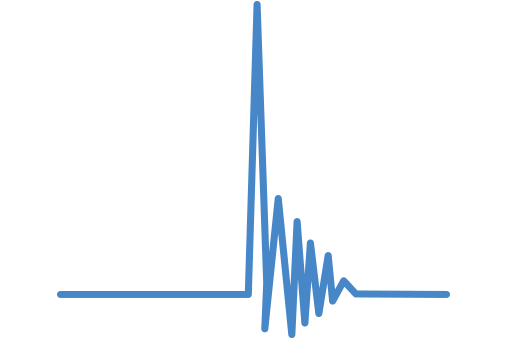
Brochure: The best way to switch and dim LED lighting
Capacitive switching loads: Hard work for the contacts
How can an LED lamp that only has a few Watt rated output destroy a switching contact that has been dimensioned for a multiple thereof? Upon closer inspection, the answer is found in the switching currents
Hard work for the contacts: Capacitive switching loads
How can an LED lamp that only has a few Watt rated output destroy a switching contact that has been dimensioned for a multiple thereof? Upon closer inspection, the answer is found in the switching currents: in light bulbs, the typical switching currents of the cold spiral coil cause a tenfold of the respective rated current. With LED lamps and energy-saving lamps with their capacitive characteristics, one finds switching current pulses in the 碌s range that could be a thousand-fold and more of the rated current. A measurement in our test laboratory authorised by the VDE has shown, that in a most unfavourable case, a switching current of 19 A with a 1.8 W LED lamp is the 1706-fold of the rated output!
Caution step! Switch-off warning
At this position, you are also informed about problems with the switch-off warning (flashing twice or similar according to DIN 18015-2): the flashing is not reliably visible as the switch-off from the electric ballast or condensers of the LEDs is buffered. Switching several times also loads the service live of the device additionally.



